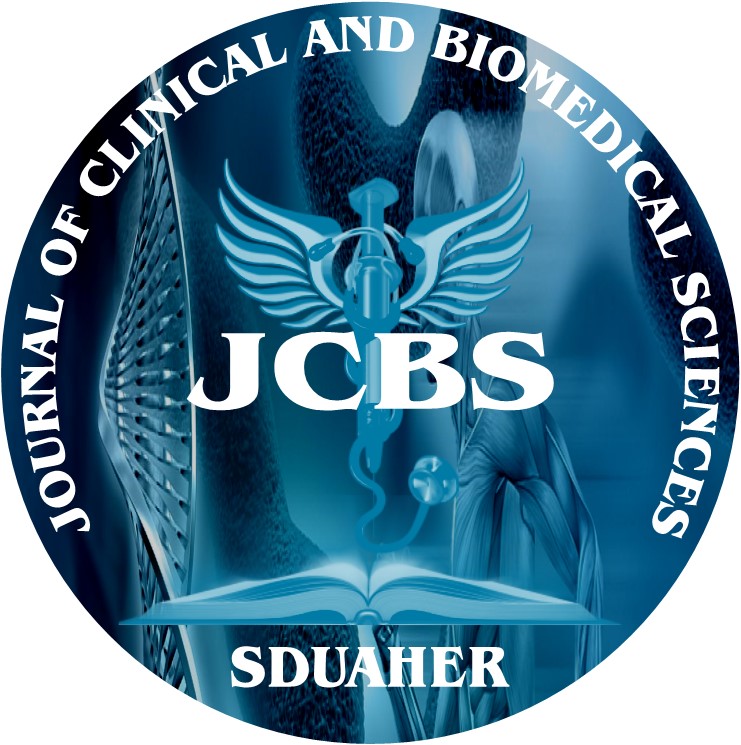


Journal of Clinical and Biomedical Sciences
Year: 2023, Volume: 13, Issue: 3, Pages: 67-75
Review Article
Ashokan Bhaskaran1, Paul Bhaskar Jyoti2*, Saha Pijush3, Domnic Inbaraj Susai4, Bhaskaran Mohana5
1Professor, Department of Surgery, College of Medicine, Shaqra University, Shaqra, KSA
2Associate Professor, Department of Obstetrics and Gynecology, College of Medicine, Shaqra University, Shaqra, KSA
3Assistant Professor, Department of Obstetrics and Gynecology, College of Medicine, Shaqra University, Shaqra, KSA
4Associate Professor, Department of Pharmacology, College of Medicine, Shaqra University, Dawadmi, KSA
5Assistant Professor, Department of Microbiology, College of Medicine, Shaqra University, Dawadmi, KSA
*Corresponding Author
Email: [email protected]
Received Date:19 February 2023, Accepted Date:07 September 2023, Published Date:16 October 2023
Simulation is a synthetic representation of a real-world process with sufficient reliability to facilitate learning through contemplation and practice without the hazard, innate in a real-life experience. Nowadays, simulation is a useful accompaniment to medical education as pre-exposure to necessary clinical skills as exposure in the real clinical setting may be insufficient. Clinical skills and performance are considered core proficiency and are crucial to the professionals. This can enable the students to familiarize themselves with patient examination and hands-on- training by using models before coming across patients directly. Simulators are broadly classified into two broad categories: 1. High-fidelity Simulators and 2. Low-fidelity simulators. The fidelity of a simulator is decided by the extent to which it provides realism through characteristics. Simulation Based Medical Education (SBME) provides a safe environment for the students to acquire their psychomotor skill but is not necessarily better than other types of instruction as there is a high degree of variability between studies. SBME has been introduced in the health care field and now it is becoming one of the most popular teaching techniques for improving patient safety and care. It would be advantageous if it is included in medical curricula as it may proof boon for the young medicos.
Keywords: Medical simulation; SBME; Simulators
This is an open access article distributed under the terms of the Creative Commons Attribution License, which permits unrestricted use, distribution, and reproduction in any medium, provided the original author and source are credited.
Published By Sri Devaraj Urs Academy of Higher Education, Kolar, Karnataka
Subscribe now for latest articles and news.